When Apple's services chief Eddy Cue said Apple TV+ would simply become 'Apple TV,' plenty of people did a double-take. Maybe we shouldn't have. We have seen this movie before. Apple lets real-world language steer the label, then makes it official. 'iPhone OS' slid into 'iOS' because developers already said it that way, and 'Apple Computer' pared down to 'Apple' when the company grew beyond Macs.
According to MacRumors, there was no big whiteboard session behind the change. Apple simply listened to how people talked and met them there. The timing matters too; the service now runs in over 100 countries and appears on more than 1 billion screens, PC Mag reports.
What stands out is the choice to keep the name simple, even though it muddies the rest of the lineup. That says the streaming service has become strategically central. Brand gravity now outruns old-school naming clarity. For Apple, that is a quiet shift.
The logic behind dropping the plus
Let's get to the core. Cue says people already call the service 'Apple TV' in daily conversation, even while the official label still reads 'Apple TV+' as MacRumors reports. Swim upstream or go with the current. Apple chose the current.
That is a different posture from earlier eras. Apple once guarded the lines around iPod and iPad to keep them from blurring into MP3 players and tablets; the Apple TV rename reads like a relaxed stance toward language in the wild, a nod that forcing terms can slow adoption.
MacRumors reports the name change was announced in mid–October 2025 and began rolling out in late October 2025. Apple wants the official name to catch up to everyday usage quickly. In streaming, momentum is oxygen.
Most telling, Apple put viewer comfort ahead of internal neatness. It could have propped up the '+' with campaigns or explainers. Instead, it shaved friction, then accepted the mess that follows.
The confusion factor: multiple products, one name
Here is the trade. The new name creates a thicket even for tech followers. There are now three Apple TV things: the streaming service, the app, and the hardware device, as MacRumors highlights.
Apple's fix relies on careful phrasing that does not feel very Apple. The hardware is called Apple TV 4K, while the app/service is named Apple TV, per the same source. That hardware label is clunky, more placeholder than solution.
Odd, given a company whose hits, iPhone, iPad, AirPods, tell you what they are at a glance. The overlap looks intentional. Take the clean, popular name for the service, tuck the complexity inside the house.
And the practical fallout is real. Support agents now need follow-up questions, docs have to get more specific, and even internal teams must be precise about which Apple TV they mean. That breaks from Apple's usual clean lines, a sign the service's growth prospects outweigh neat naming.
The brand has wrestled with identity for years, with weak associations to a single job or audience, Apple Magazine reports. By living with ambiguity, Apple is betting context will sort itself out as people use the service more.
Streaming momentum and market positioning
The timing is not random. It lines up with real momentum behind Apple's streaming push. The final quarters of 2024 brought some of the strongest US subscriber gains for the service, according to Ampere Analysis, helped by high-profile releases like the return of Severance on 2025-01-17.
Ampere also notes a pivot on content. Apple hired former HBO executive Jonathan Melber as head of global licensing in April 2025, the firm reports. That move expands beyond only originals toward a fuller catalog, a model built for sustained growth. Dropping the plus fits a broader, more comprehensive service.
Distribution tells the same story. Apple launched an Android version of Apple TV in February 2025. For Apple, that is a notable step outside the usual walled garden.
Price backs the strategy. Even after raising the monthly fee from $9.99 to $12.99 in August, the service kept growing, PC Mag notes. The simpler name pairs with premium positioning, HBO-level confidence with ambitions for Netflix scale.
What this means for Apple's entertainment future
The rename reads like a declaration. Apple now treats its streaming service as a core platform, not a side project. Since its November 2019 launch, the service has received hundreds of award nominations and more than a hundred wins across shows and films, 9to5Mac confirms. That track record gives the simple name weight.
It also shows where the growth engine sits. Giving the service top billing over hardware and app components points to a services-first future, recurring revenue over cyclical boxes.
There is a wider play. Accepting naming messiness opens room for deeper bundles, broader partnerships, and a larger content slate that fits under a single, flexible label.
Some industry voices say a fully separate brand could have helped, like Apple keeping Beats distinct, 9to5Mac argues. Apple went the other way. It kept the Apple TV name, kept the ecosystem ties, and stripped the extra symbol that tripped people up.
Bottom line, Apple is betting that making life easier for viewers beats keeping the org chart tidy. The service is important enough to earn the simplest name in the room. If the momentum holds and the partnerships keep widening, that choice positions Apple to push harder against the biggest streaming players while leaning on the brand gravity it already has.




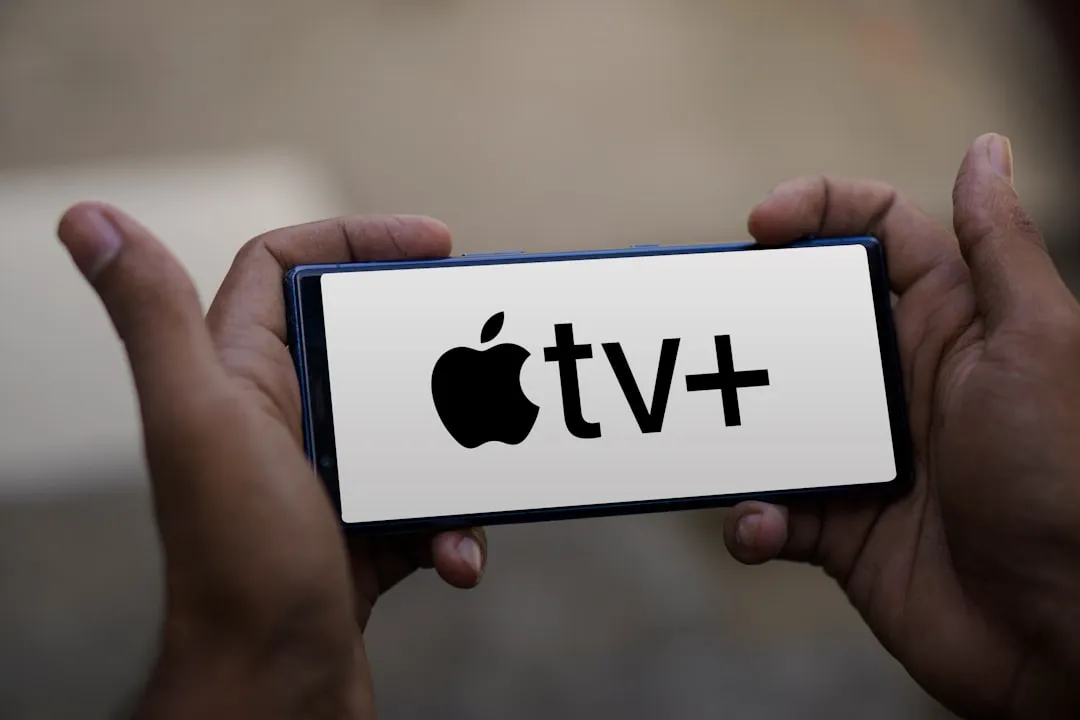


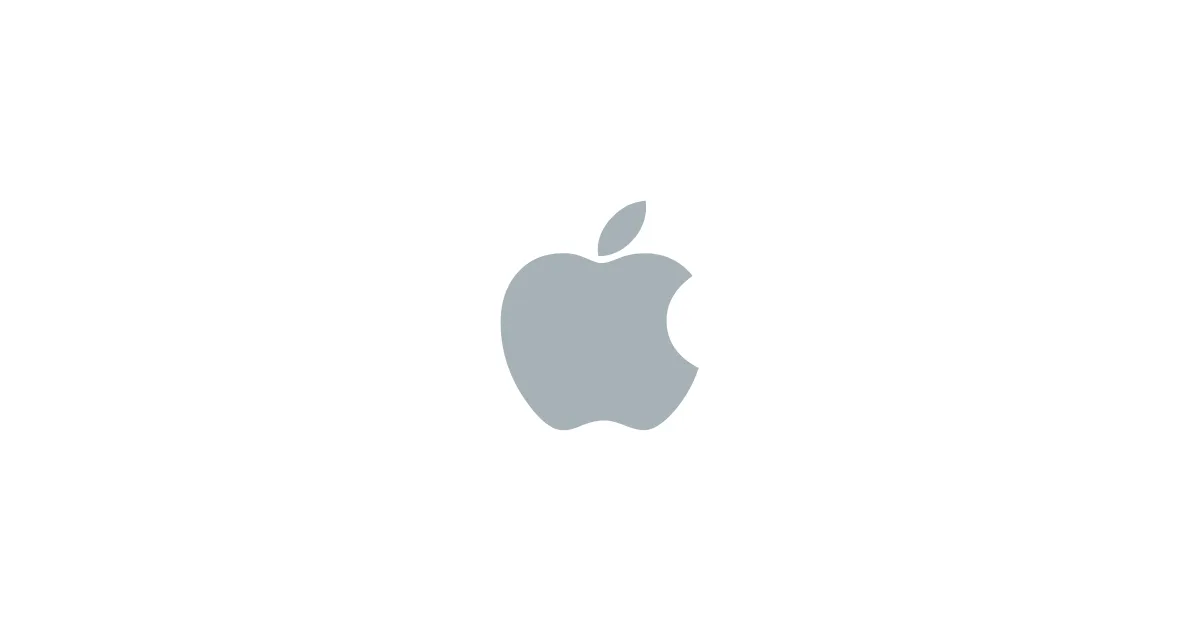
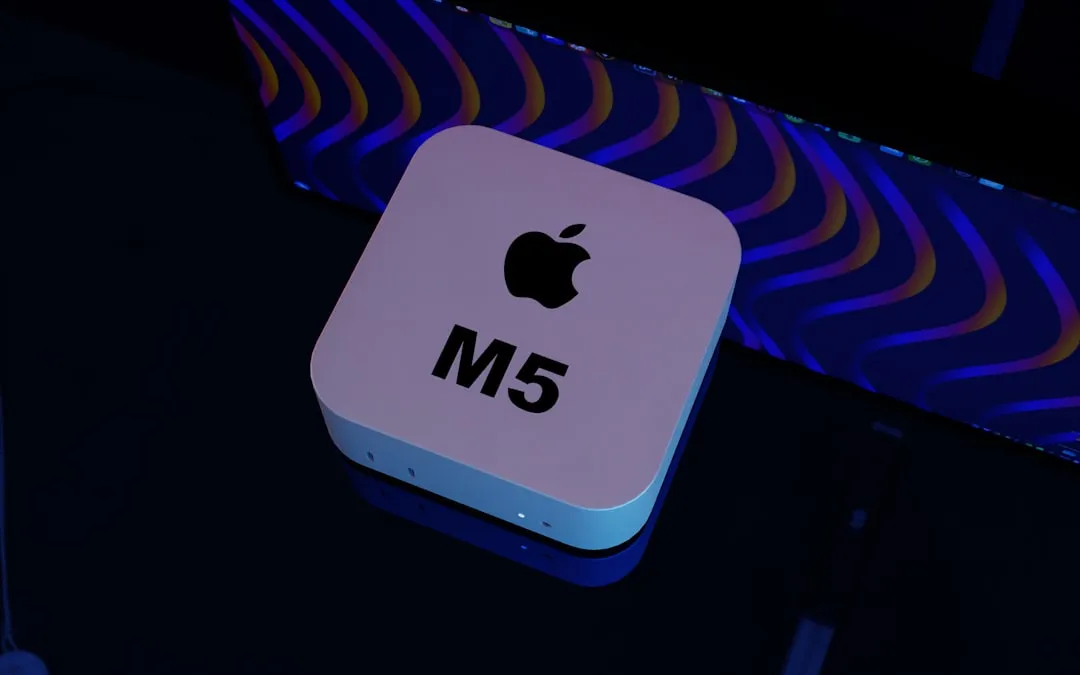
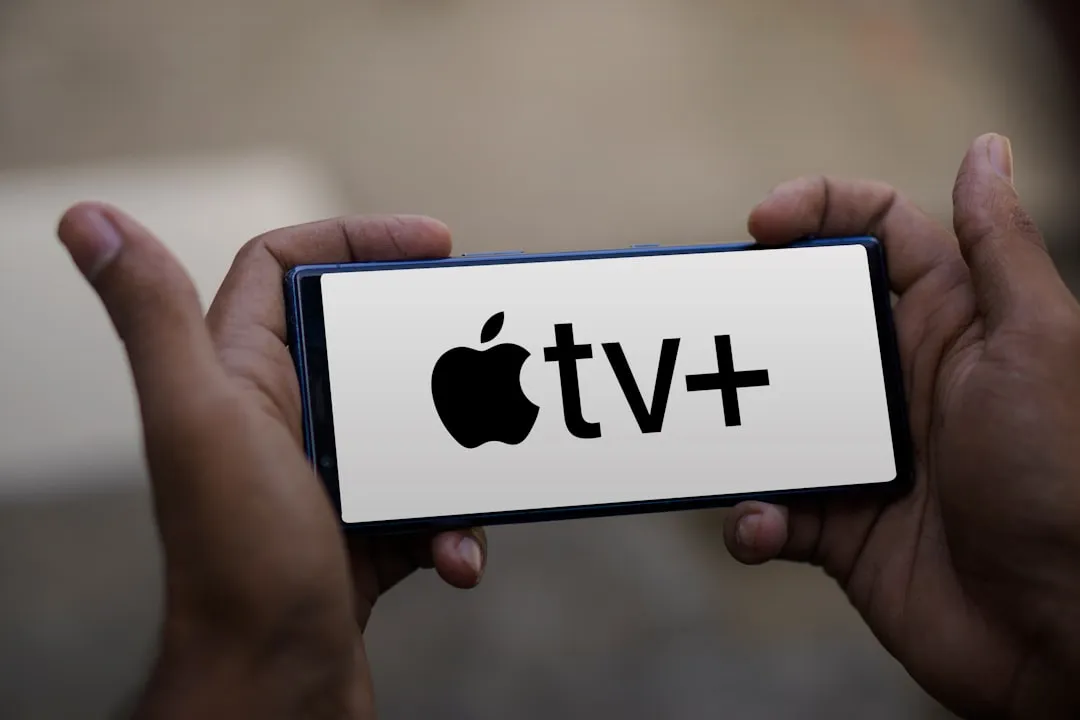
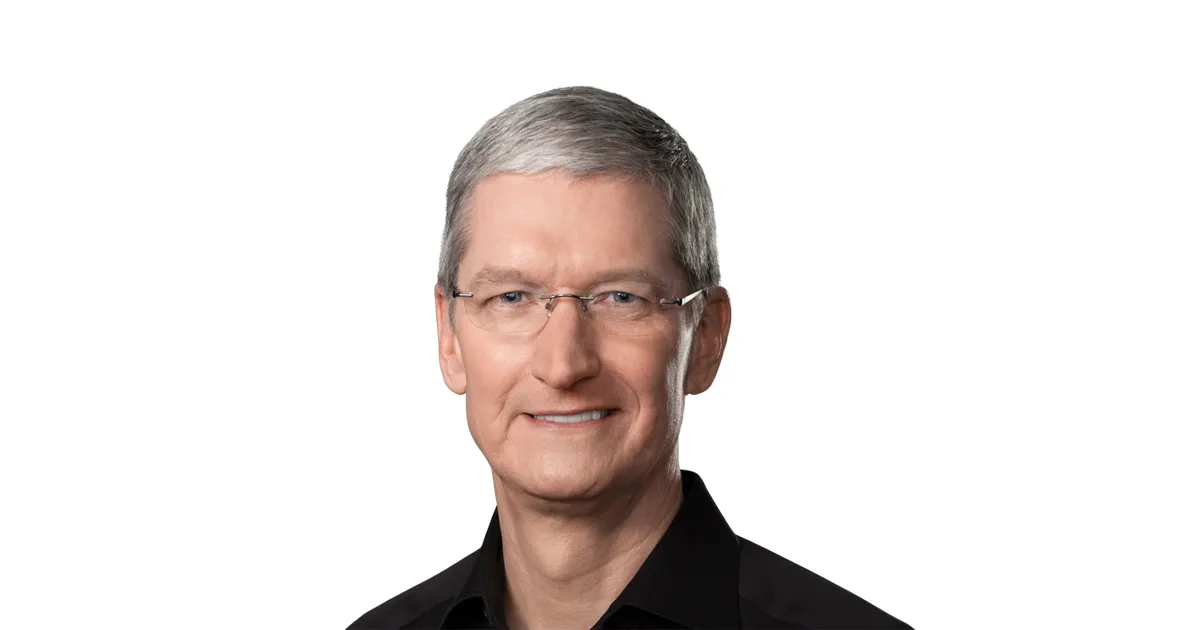
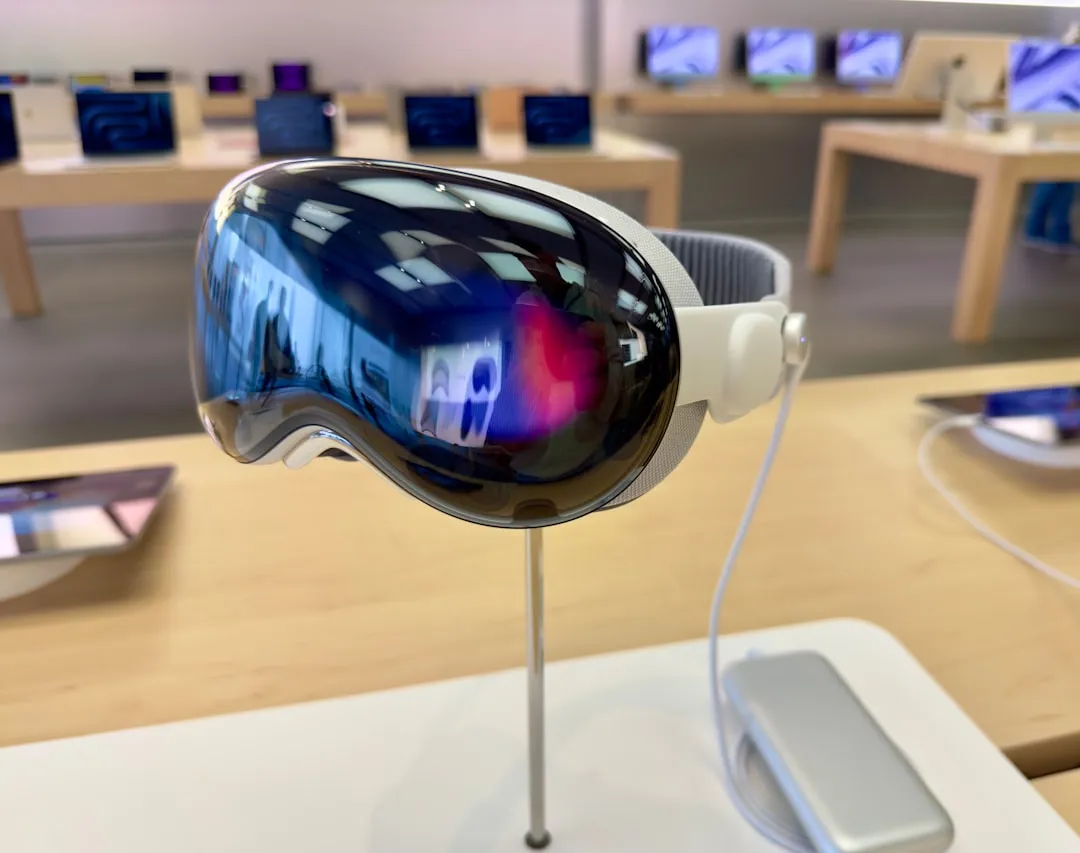
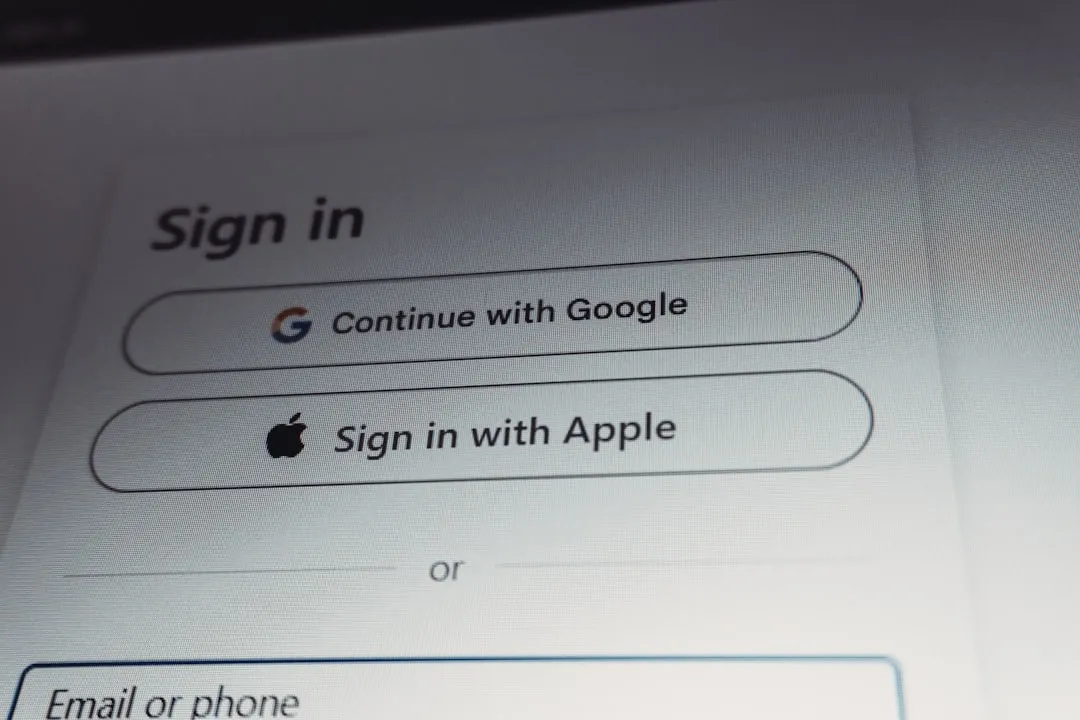
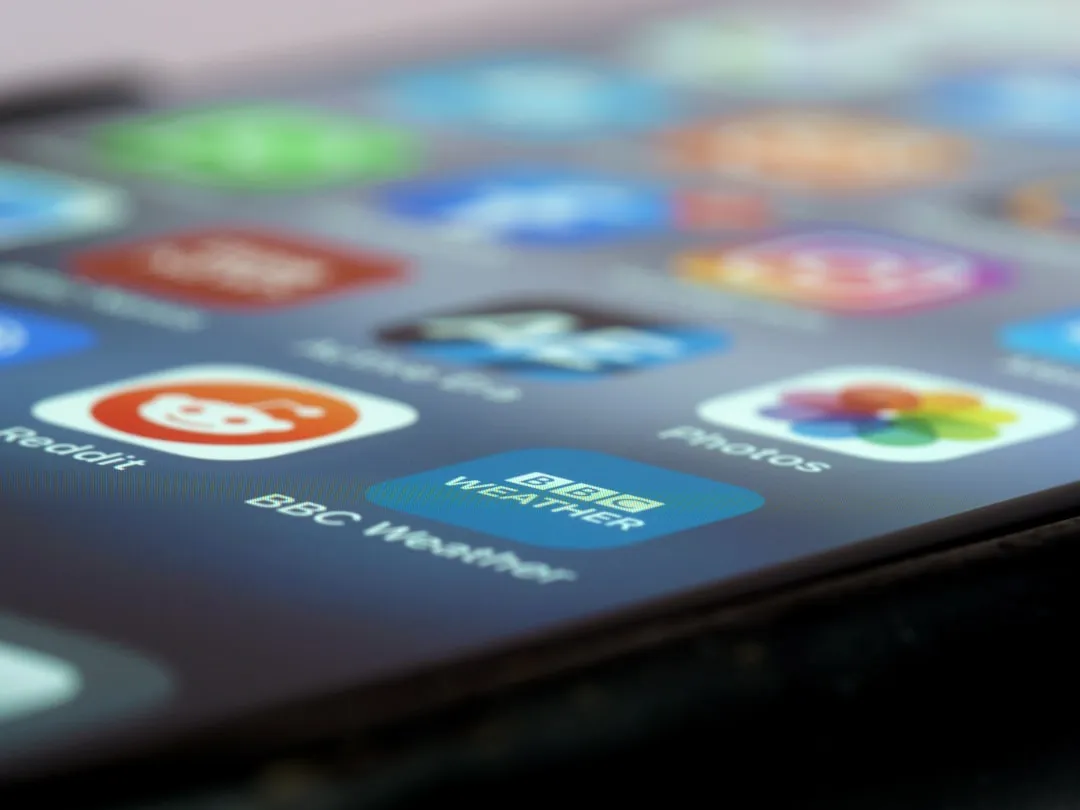
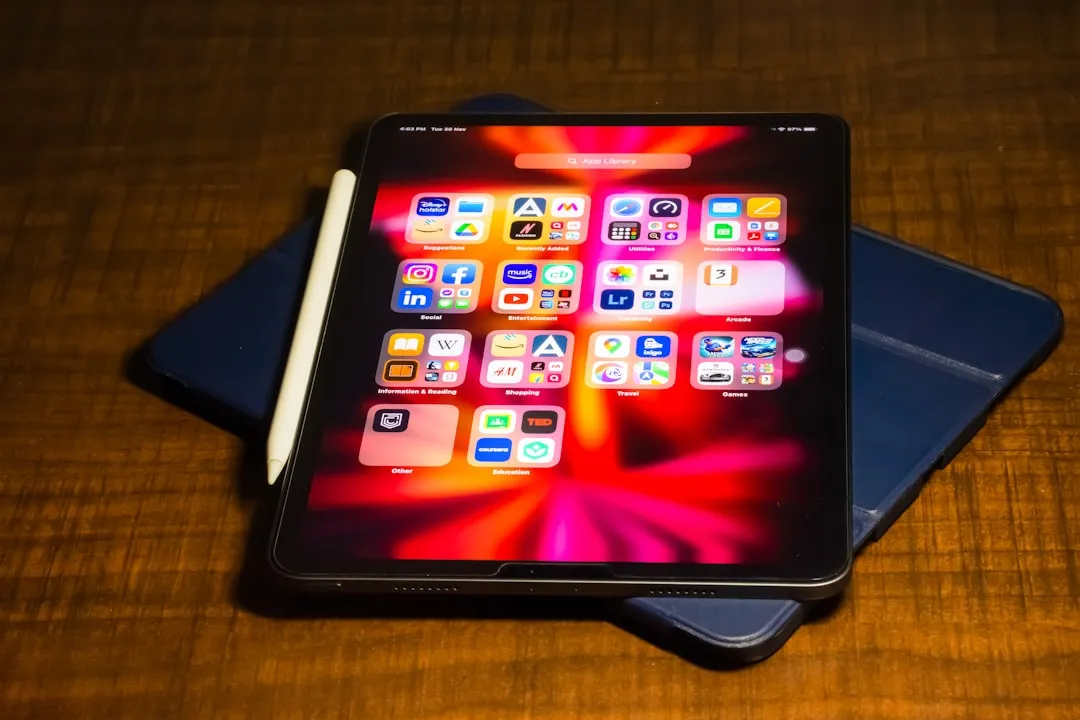
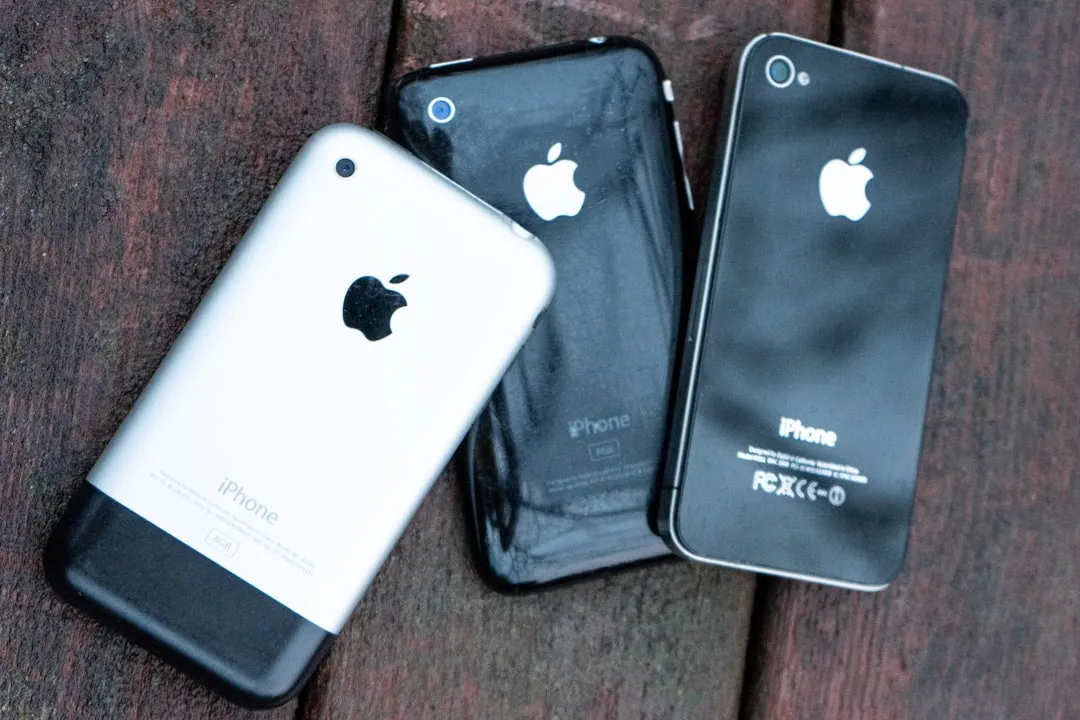
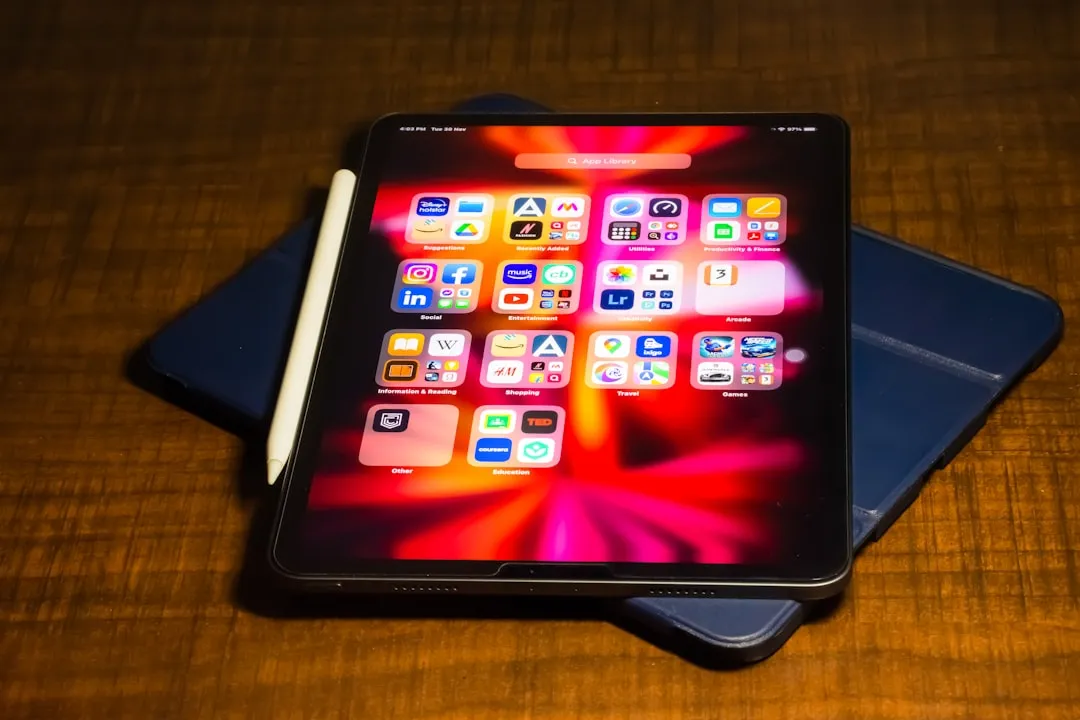

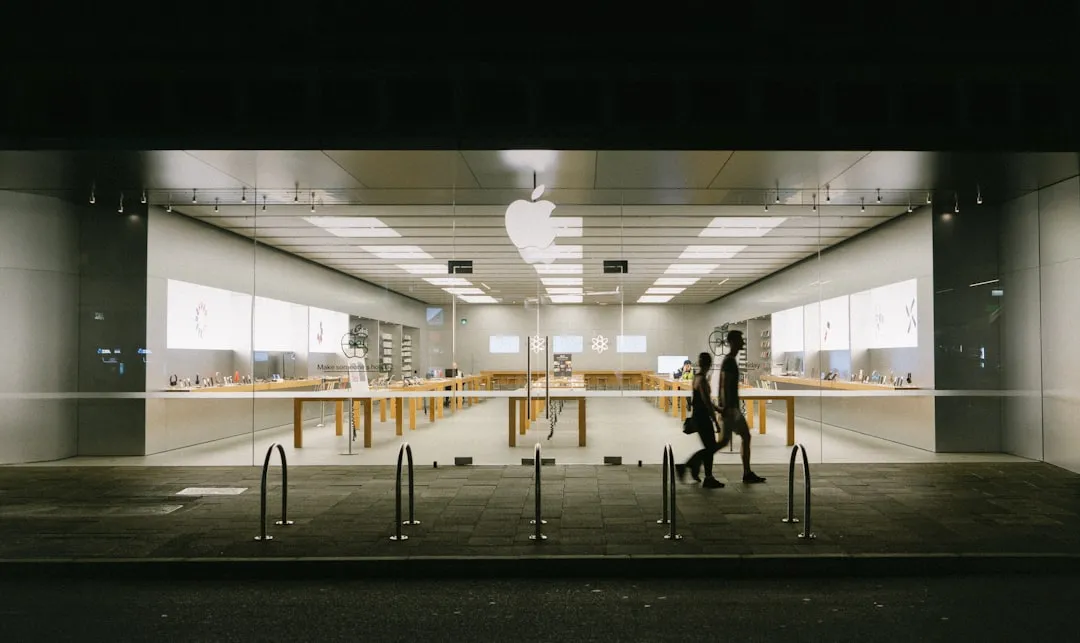
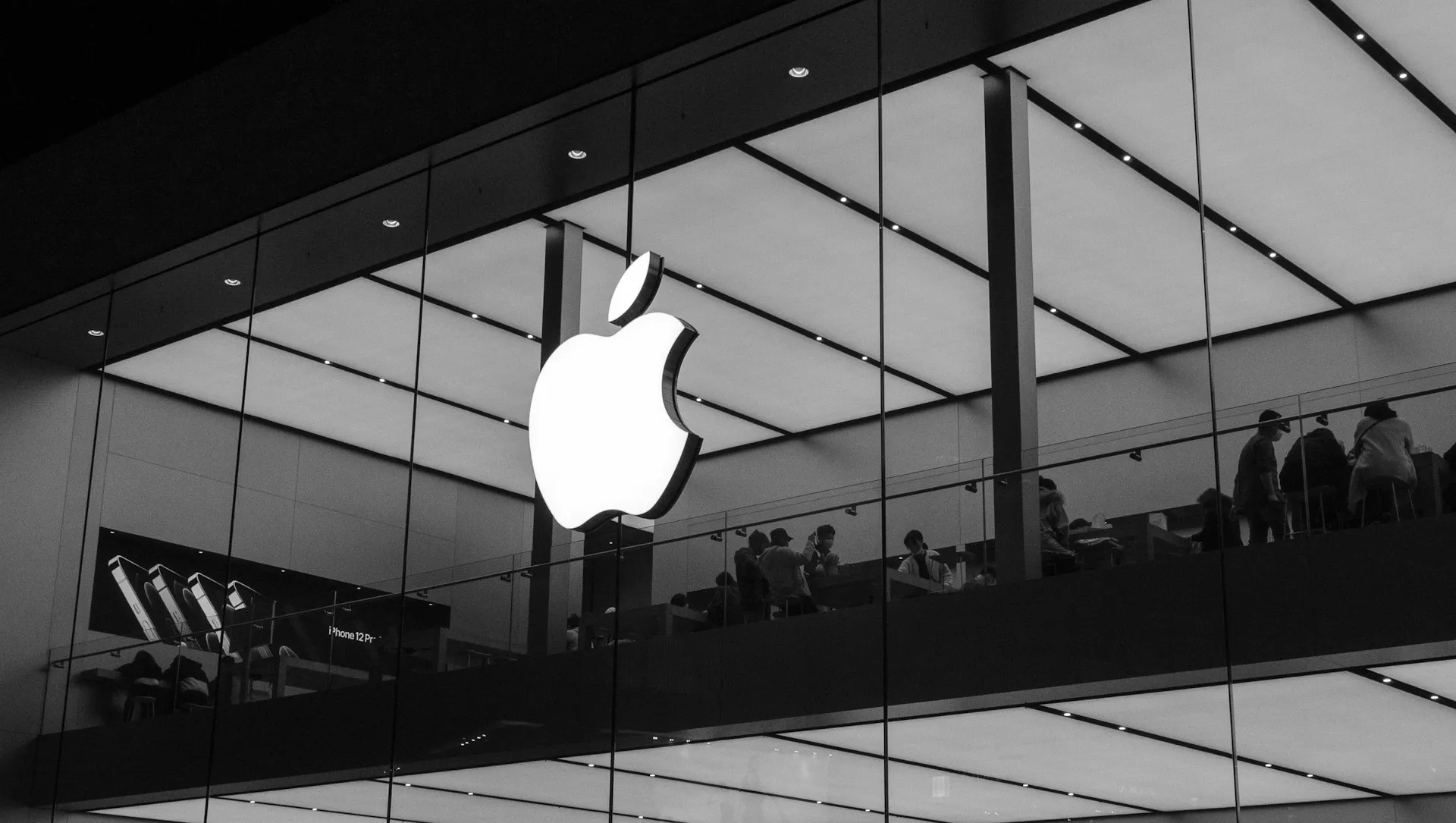
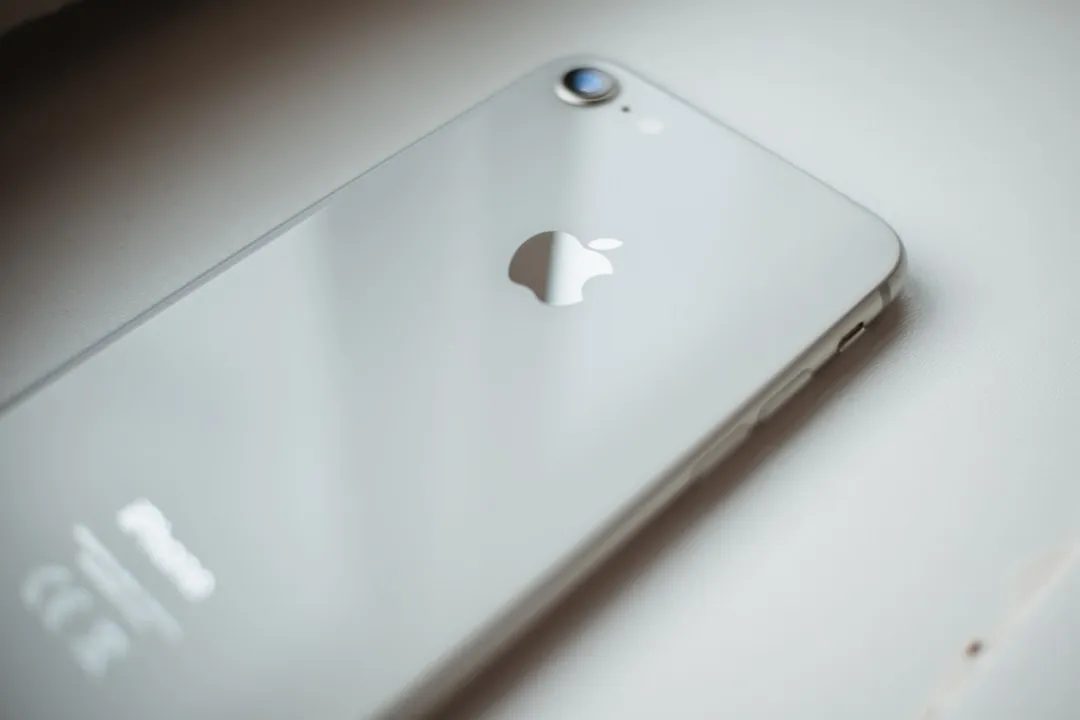
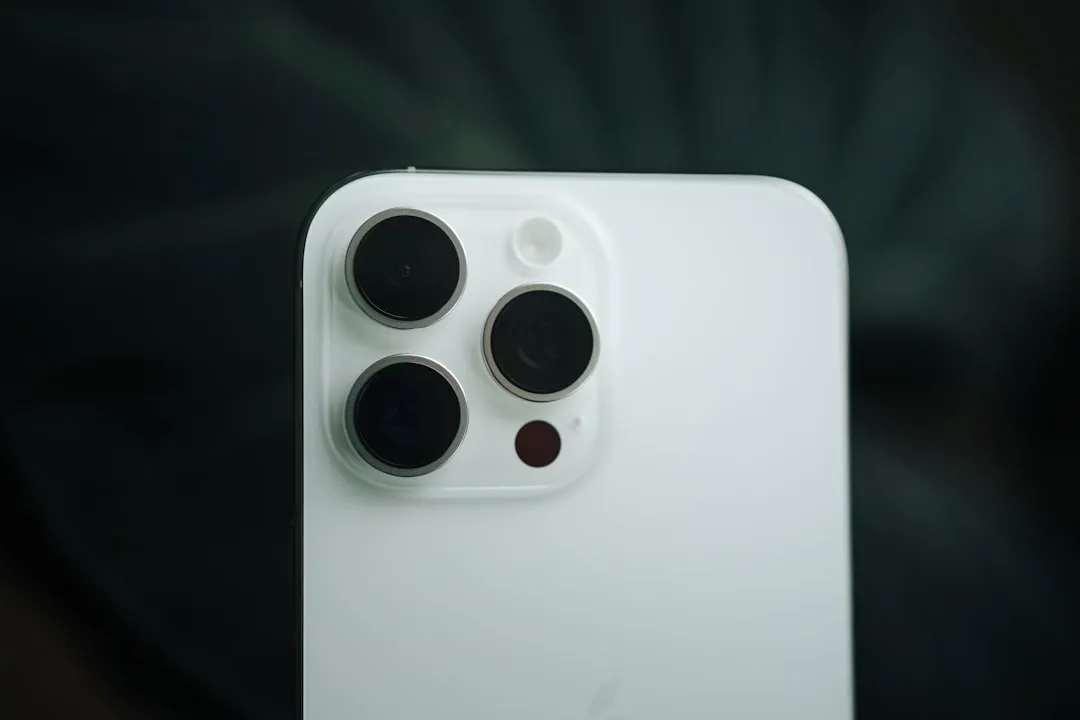

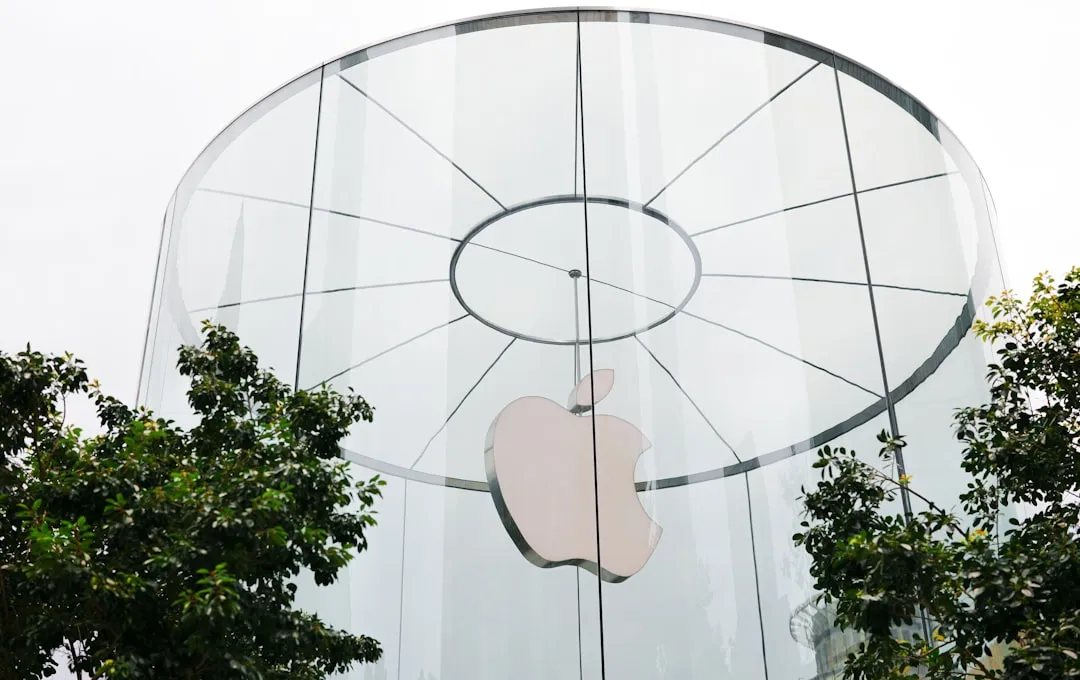

Comments
Be the first, drop a comment!